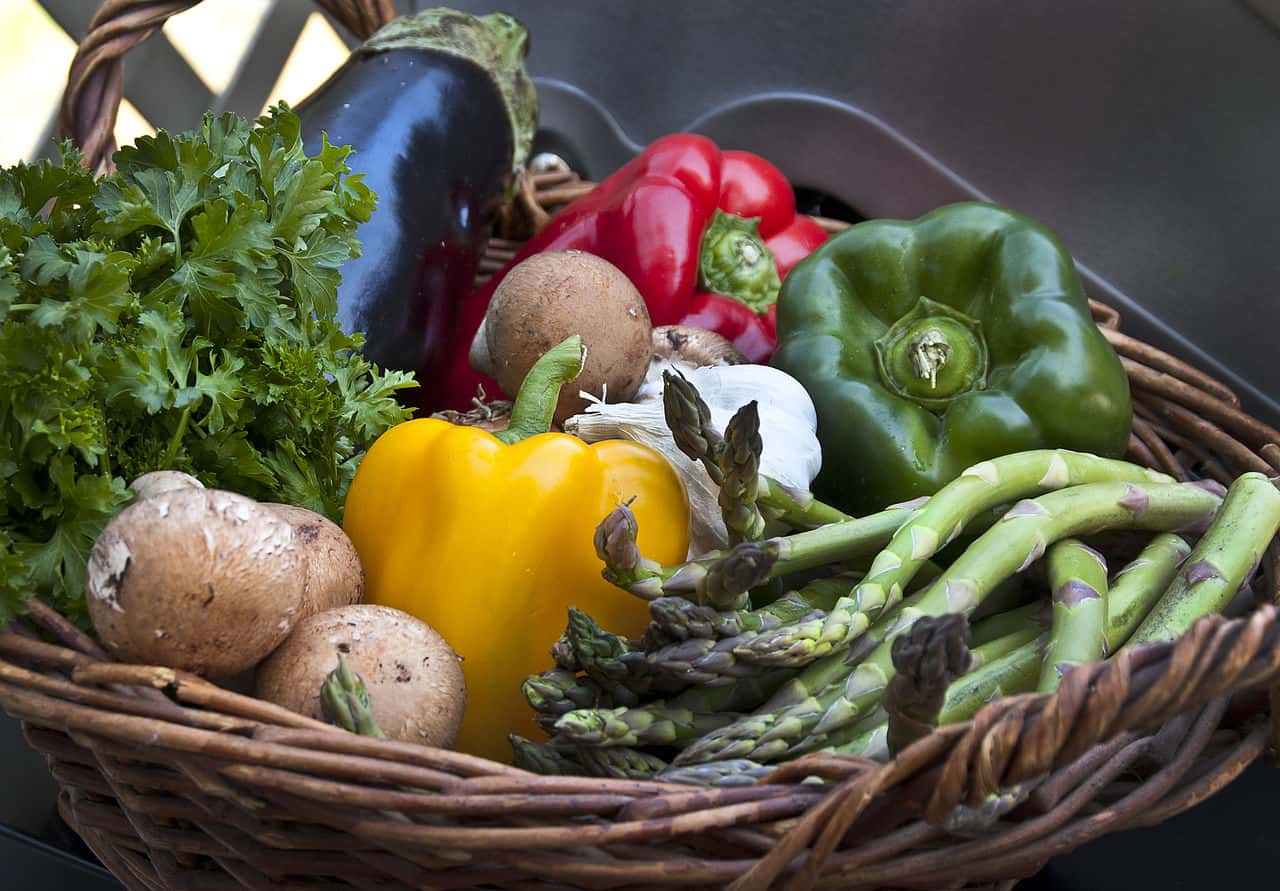The key to solving the issue is through better integration of technology and leveraging insights.
Tesco’s recent £7.5m fine for selling out-of-date food in Birmingham between 2016 and 2017 has once again surfaced the issues grocers in the United Kingdom face in their approach to stock management.
Despite the more obviously unappetizing problem of consumers buying food that is past its sell-by date, this situation shines a light on the gaping holes that many large grocers have in their awareness of what is happening with products on the shop floor.
With reports that the equivalent to nearly 190 million meals per year are wasted by major grocers, food waste reduction is becoming an ever more important issue. In addition to the pressure to improve sustainability and reduce carbon footprint, grocers are further incentivized to cut costs in light of the increased operating costs many supermarkets experienced during the pandemic.
The obvious overlap in financial and ethical interests actually presents a unique situation where resolving the issue benefits both corporate interests as well as those of society. However, whilst the objective is clear cut, tackling the issue is a complex affair.
Ultimately, food waste is a natural by-product of the industry and with the best will in the world, we will never eliminate it completely. Our own research has shown total waste bills at supermarkets will be at over £2.4 billion by the end of this year in the UK alone.
Despite this, most retail leaders understand that landfill should always be seen as the absolute last resort. Donating stock to food banks is a popular, ethical option to address wastage.
However, it fails to address the variables which lead to such large stockpiles of food being thrown out in the first place. Furthermore, this option is not always feasible as the shelf life of fresh goods is often short, which further complicates the redistribution of food, and even the ability for food banks to accept them as donations.
It is arguably far worse to hand the problem over to charitable organizations and letting them handle the costs and logistics of spoiled food disposal.
The key to solving this issue is through better integration of technology and leveraging insights that can assist in striking a balance between effective markdowns and the redistribution process.
The simplest, most effective way to retain the value of goods is through dynamic markdown. The principal aim of this is to achieve the best price that consumers are willing to pay before the produce expires. Pricing can be adjusted in real time, taking into account a range of variables which affect the sell-through rate.
Factors such as the volume remaining, a product’s popularity, the time of day, the day of the week, season of the year and the store’s location should be taken into account. These real time adjustments can be achieved through recording data, analyzing insights and through tech implementations, all of which can be leveraged to identify inefficient processes, streamline operations and ultimately cut costs.
An effective strategy to reduce waste needs to take into account demand, supply, operations and compliance data in real time to provide a more dynamic markdown process. And by calculating a product’s optimal discount price and timing, we can move even closer to the ultimate end goal of having just enough availability to serve all customers effectively with as little waste as possible.
These implementations and strategies would go some way in addressing the costs of food waste and could prove to be beneficial to customers and retailers, as the former are rewarded for their patronage with lower prices at the till, while increasing retention and loyalty for the latter.
Moreover, the reduction in costs could allow grocers to allocate additional funds towards their wider sustainability efforts. With nearly 80% of European shoppers agreeing that supermarkets could do more to reduce their packaging and food waste, the implementation of the strategies outlined above can allow grocers to address their customers most pressing concerns by reducing waste, and also shift their focus on addressing operational and production processes themselves which are viewed as wasteful and unsustainable.
The same study also found that 47% of consumers would switch supermarkets for a better deal, further reinforcing the links between an effective ongoing real time markdown strategy and meeting consumer needs and expectations.
To achieve all of this, retailers need to be tuned in to all the relevant data points across their entire ecosystem, using technology and advanced analytics to glean insights that allow them to act in real time to implement a highly effective dynamic markdown strategy.
The environmental, moral and commercial benefits of efficient food waste management are significant and must remain a top priority during these challenging times.
This story first appeared on Sustainability Times
South Africa Today
© 2021 Sustainability Times.
This article is licensed under a Creative Commons Attribution-ShareAlike 4.0 SA International License.












